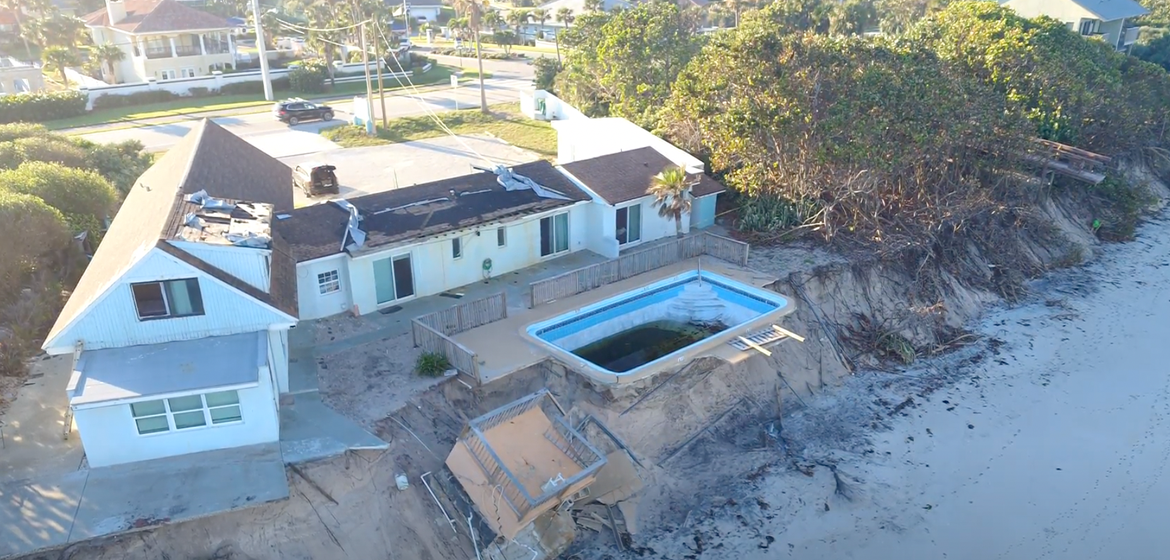What Are Some Examples Of Structural Failures?

Structural integrity is a paramount concern in the fields of construction and engineering. When structures fail, the consequences can be catastrophic, leading to loss of life, property damage, and environmental harm. Understanding the causes and consequences of structural failures is essential for improving safety and preventing future disasters. In this article, we will examine some real-world examples of structural failures, shedding light on the lessons learned from these incidents and the importance of rigorous engineering and construction practices.
The Tacoma Narrows Bridge Collapse (1940)
The Tacoma Narrows Bridge, located in Washington state, is infamous for its dramatic collapse on November 7, 1940. The bridge, which had earned the nickname “Galloping Gertie” due to its tendency to sway in the wind, experienced destructive oscillations during a windstorm. The twisting motion eventually caused the bridge’s suspension cables to snap, leading to its spectacular collapse into the Tacoma Narrows strait.
This structural failure underscored the importance of aerodynamic design and the need to consider environmental factors in bridge construction. It revolutionized the field of bridge engineering and prompted significant advancements in bridge stability and aerodynamics.
The Hyatt Regency Walkway Collapse (1981)
One of the deadliest structural failures in the United States occurred at the Hyatt Regency Hotel in Kansas City on July 17, 1981. During a tea dance event, two suspended walkways on the hotel’s atrium collapsed, resulting in the deaths of 114 people and injuring many more.
The collapse was attributed to a design change that had combined the load of both walkways onto a single set of hanger rods, compromising their strength. The tragedy highlighted the importance of rigorous design reviews and communication among engineers, architects, and construction teams to prevent such catastrophic failures.
The Space Shuttle Challenger Disaster (1986)
While not a traditional building or structure, the Space Shuttle Challenger disaster is a profound example of structural failure with far-reaching consequences. On January 28, 1986, the Challenger disintegrated 73 seconds after liftoff, leading to the deaths of all seven astronauts on board.
The disaster was caused by the failure of an O-ring seal in one of the solid rocket boosters, leading to the release of hot gases and the destruction of the external fuel tank. It emphasized the critical importance of meticulous engineering analysis, testing, and communication in aerospace design and construction.
The Collapse of the World Trade Center Towers (2001)
The September 11, 2001, terrorist attacks in New York City resulted in the collapse of the World Trade Center Towers. The structural failure of these iconic skyscrapers remains a subject of extensive investigation and debate.
The primary cause of the collapses was the intense fires ignited by the aircraft impacts, weakening the steel structural supports and compromising the buildings’ integrity. Lessons learned from this tragic event include the need for improved fireproofing and evacuation procedures in high-rise buildings.
The Genoa Morandi Bridge Collapse (2018)
On August 14, 2018, the Morandi Bridge in Genoa, Italy, collapsed, leading to the tragic loss of 43 lives. The collapse was attributed to a combination of factors, including corrosion of the bridge’s cables and inadequate maintenance.
This incident emphasized the critical importance of regular infrastructure inspection and maintenance, especially for aging structures. It also highlighted the need for innovative engineering solutions to address corrosion and prevent similar failures in the future.
Structural failures serve as stark reminders of the importance of thorough engineering, rigorous construction practices, and ongoing maintenance in ensuring the safety and integrity of buildings and infrastructure. To learn more about preventing structural failures and ensuring the durability of your construction project, contact [Your Company Name]. Our team of experts is dedicated to delivering reliable and safe solutions for your construction needs.
